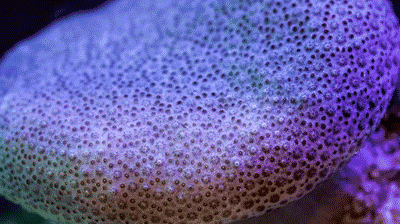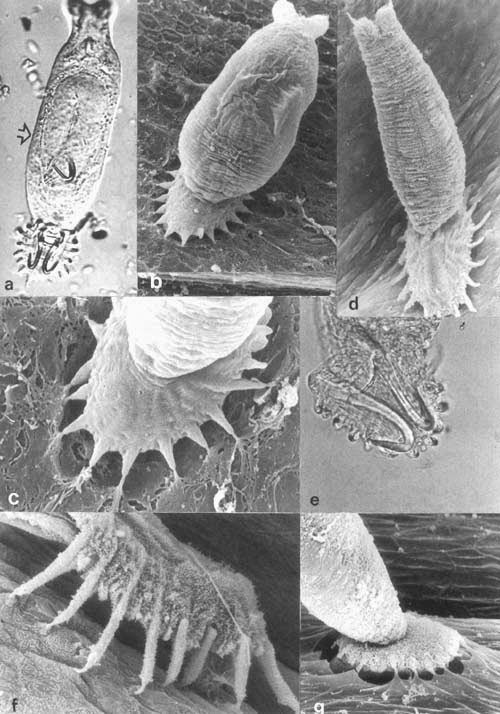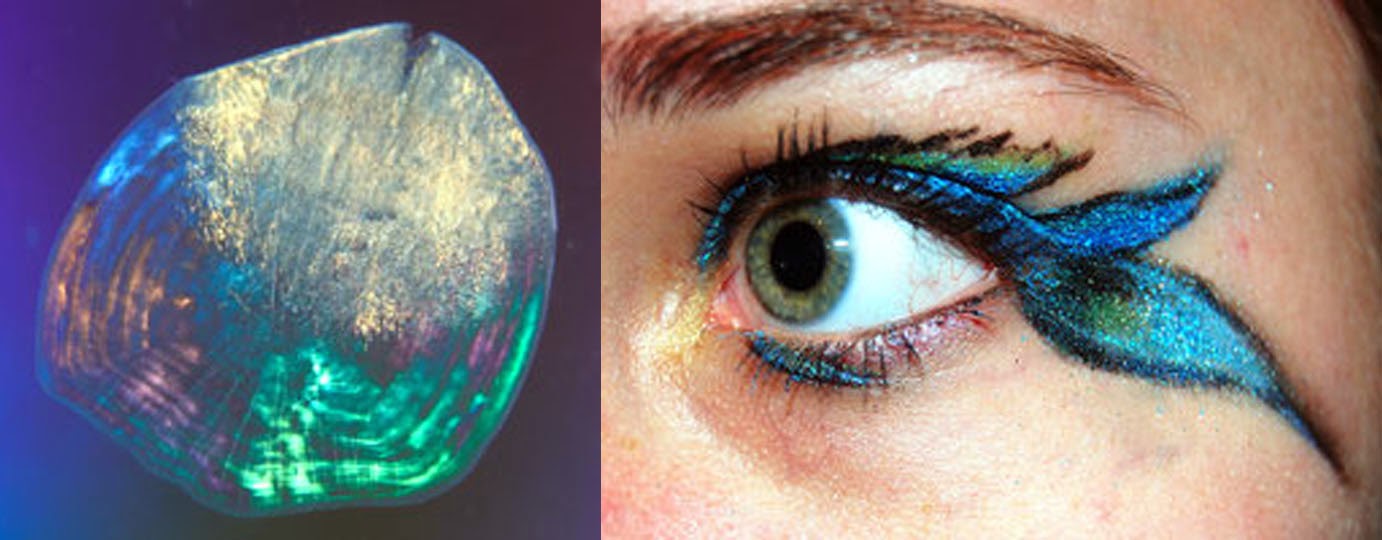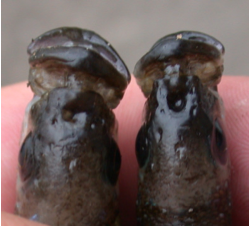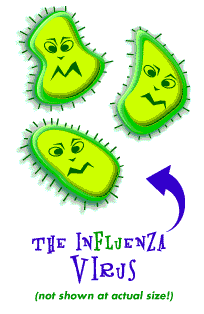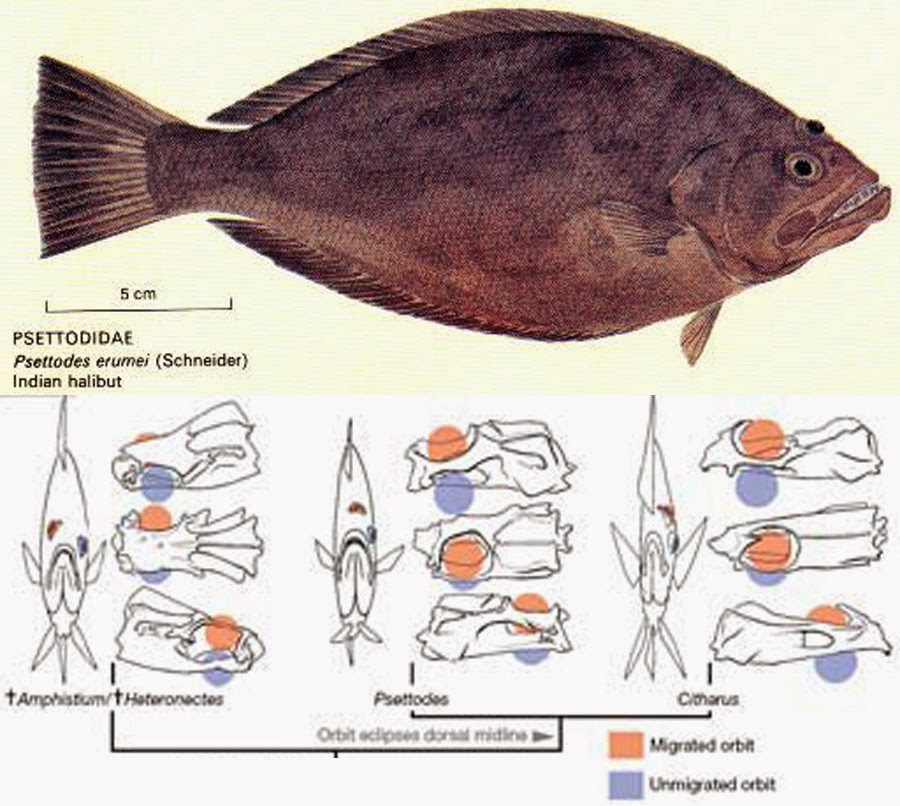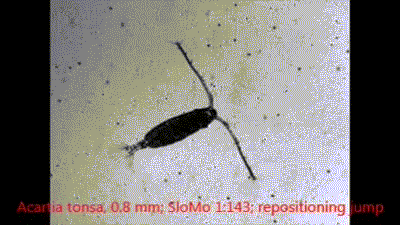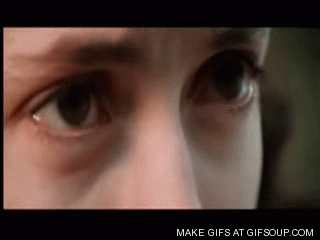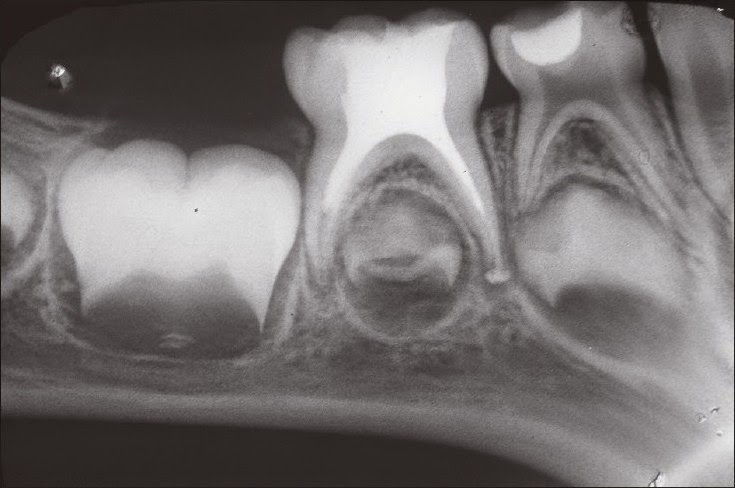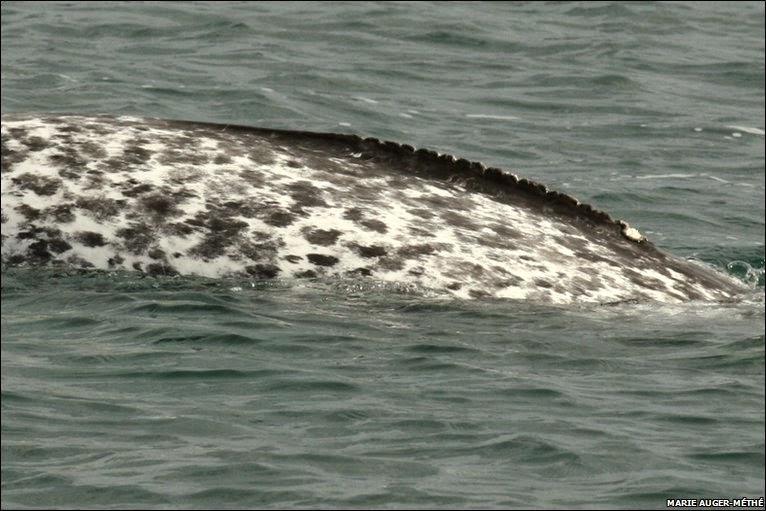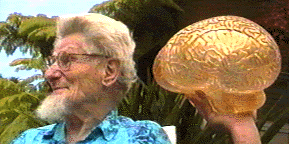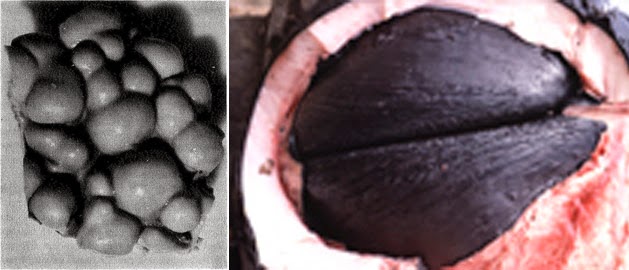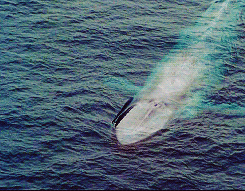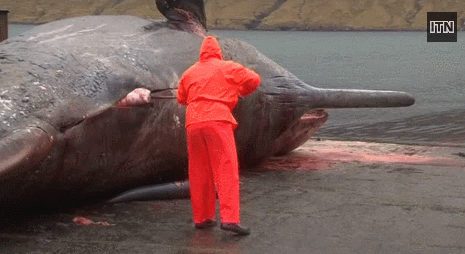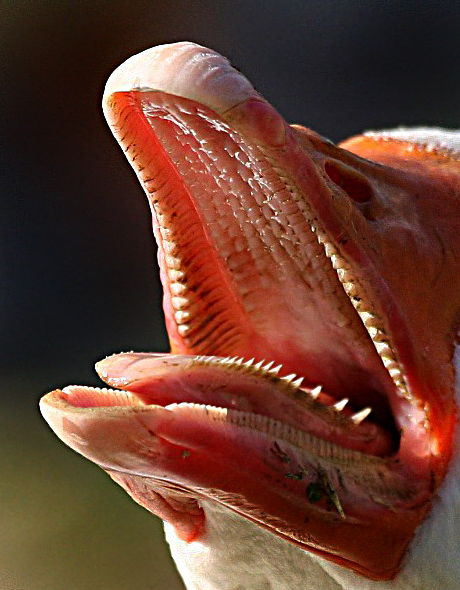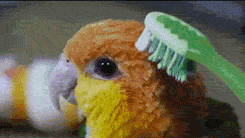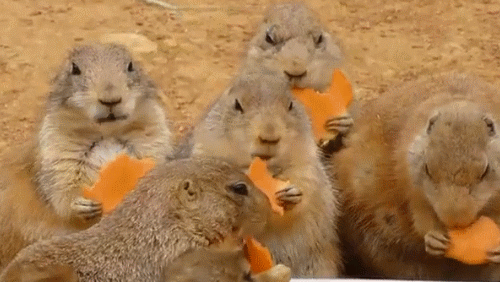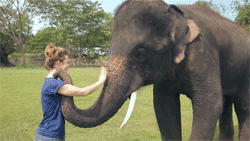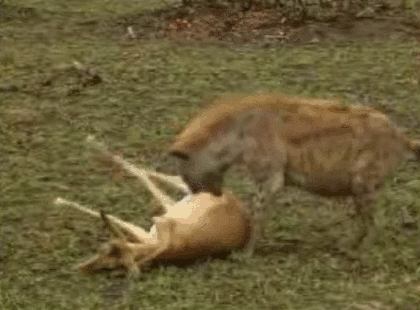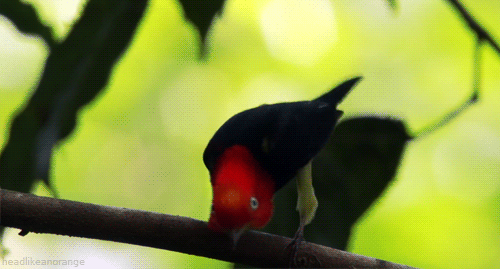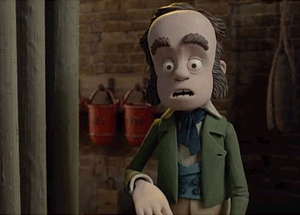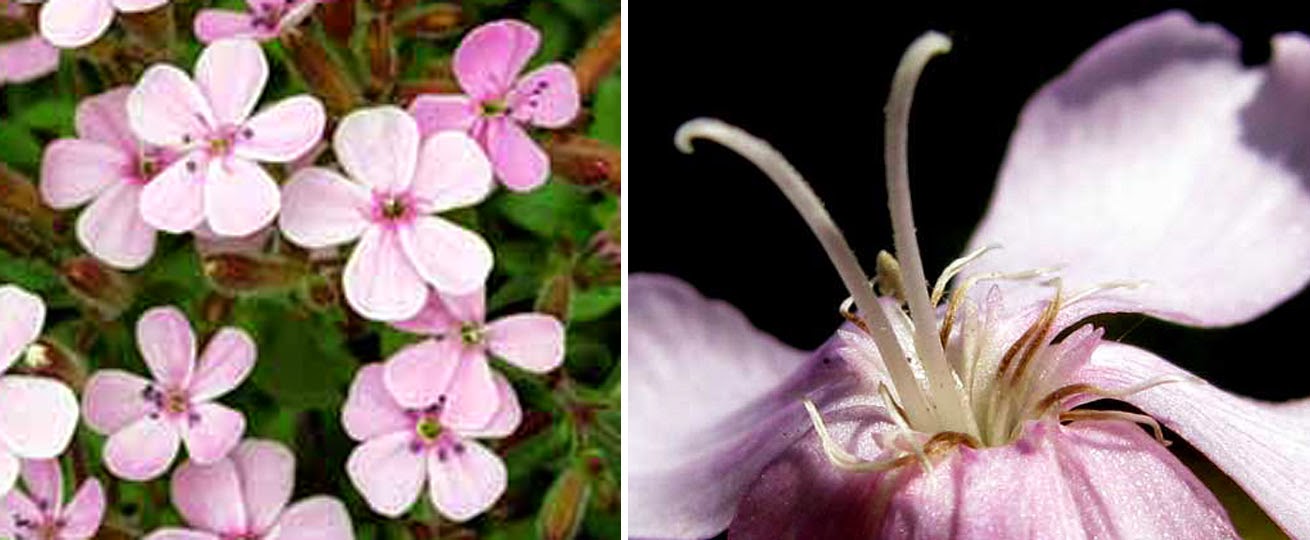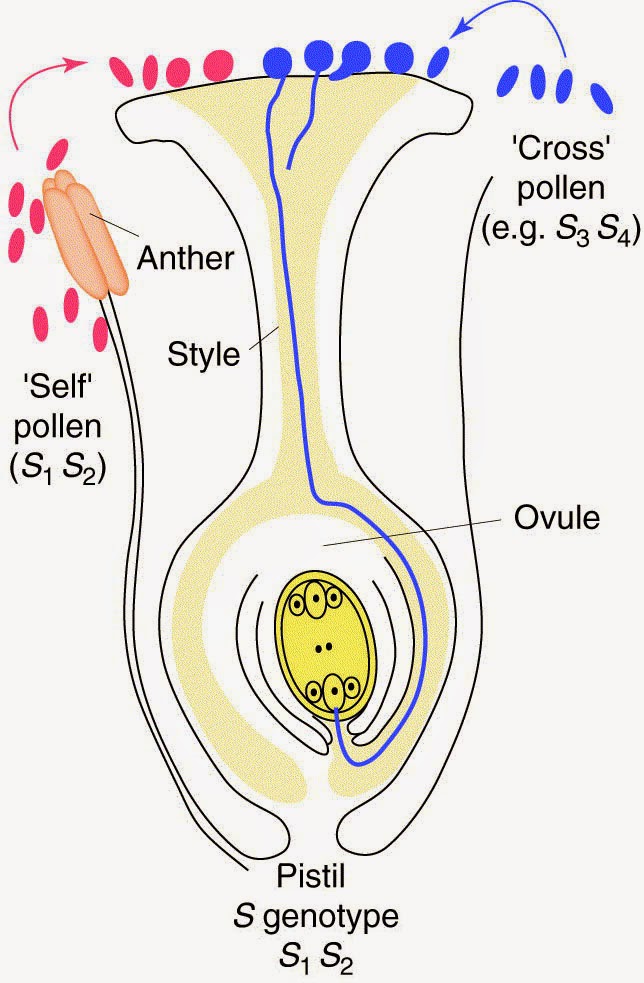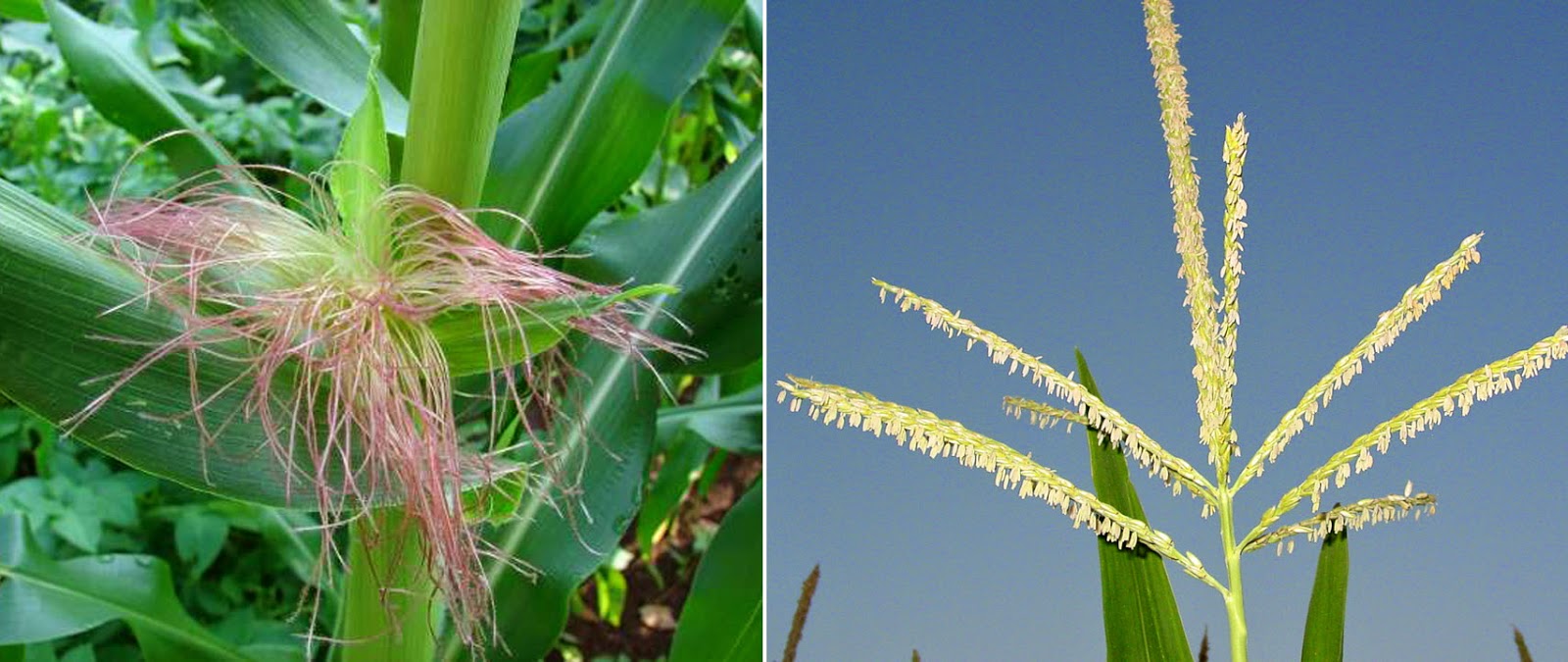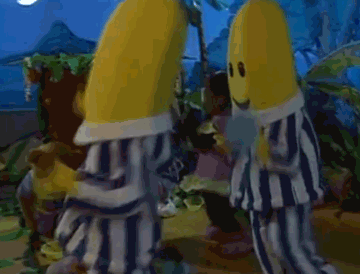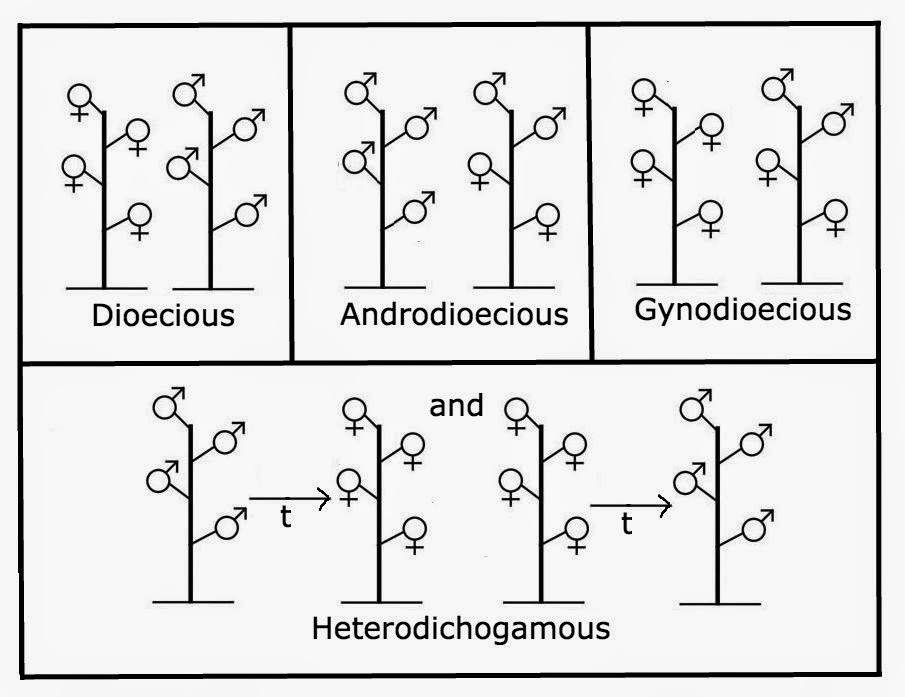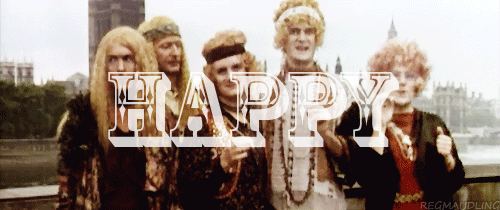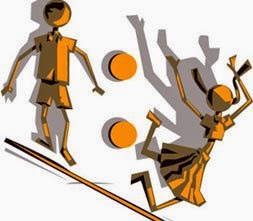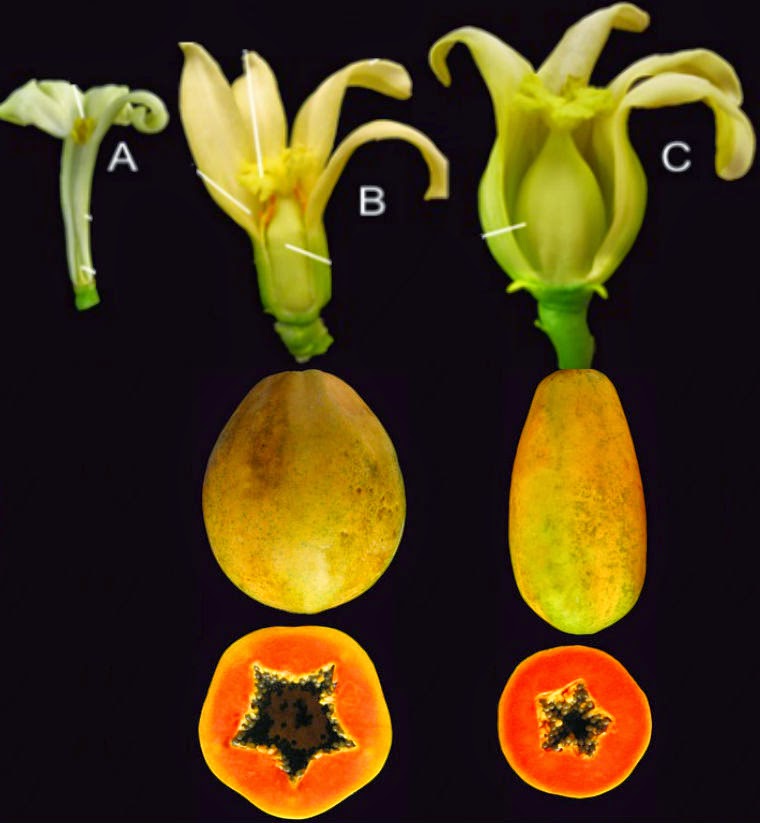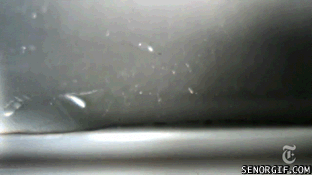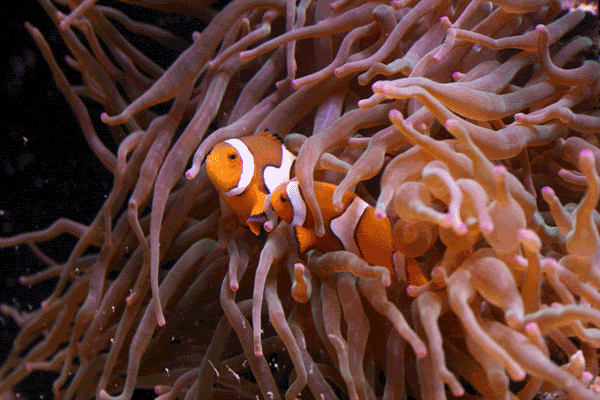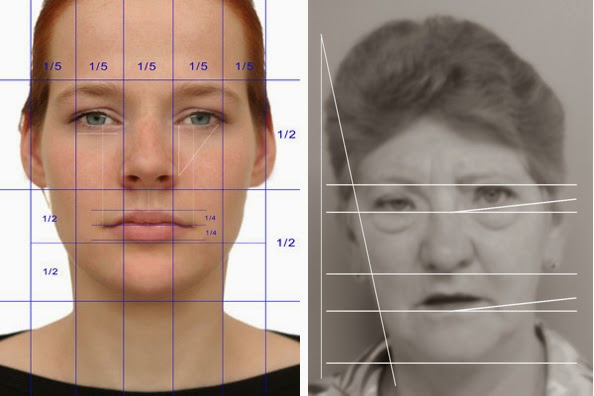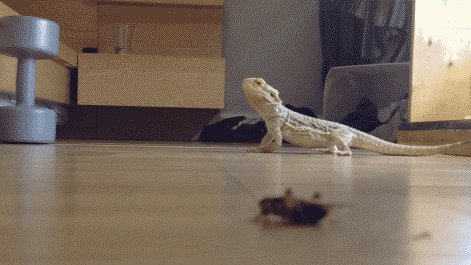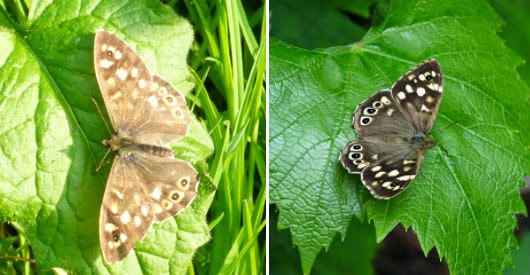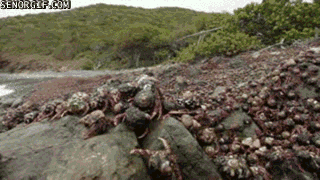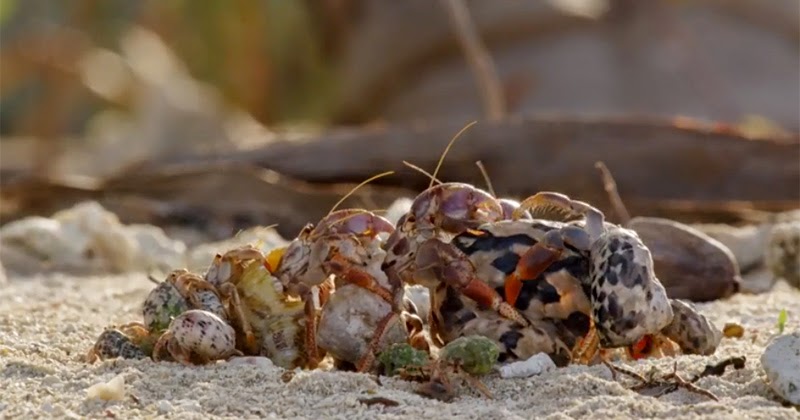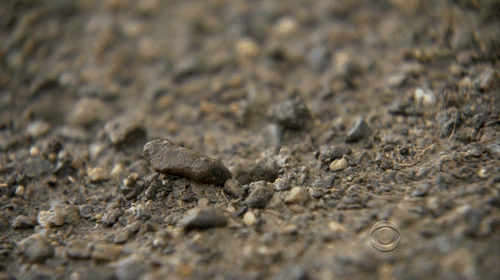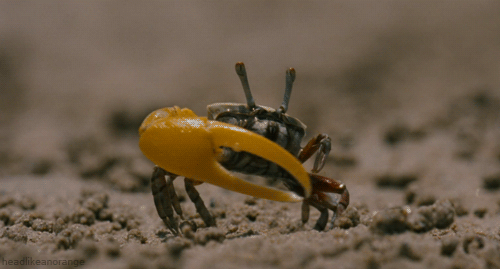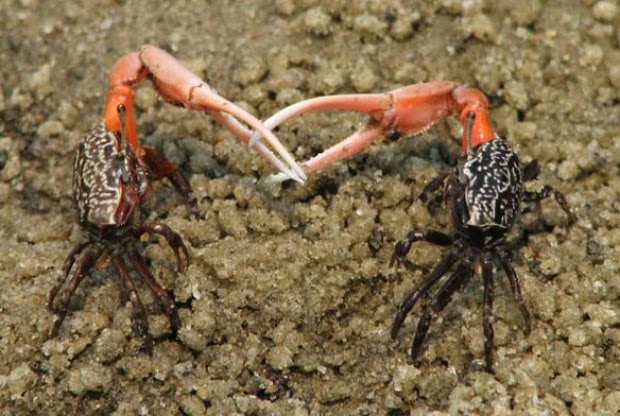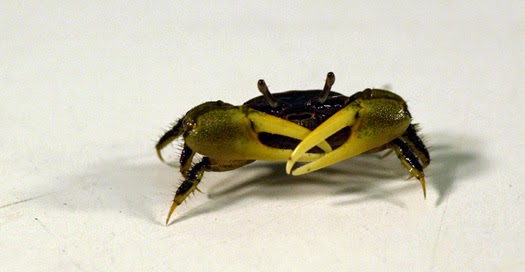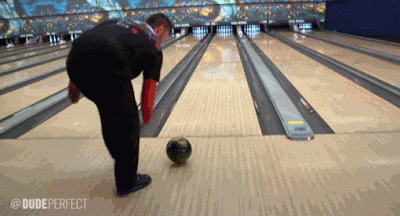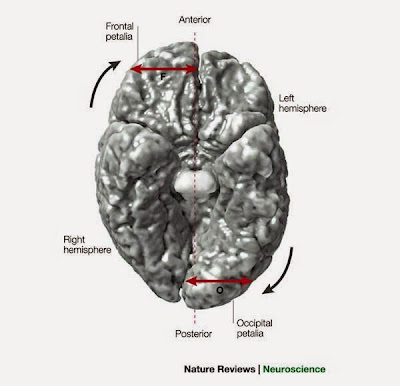Biology concepts – undulipodia, primary cilia, chemosensing, obesity, depression, hydrocephalus, lithium
Winston Churchill once said that men occasionally stumble on the truth, but most people pick themselves up and carry on as if nothing had happened.
Mendel's paper was referenced only three times over next 35 years and his work wasn’t rediscovered until 1900. Two scientists gave Mendel much credit for the primacy of his work, but it really wasn’t until a fourth individual, William Bateson, came along that Mendel became widely known and his work accepted. It was Bateson coined the phrase “Mendel’s laws of inheritance.” Why did he champion Mendel so greatly – because he questioned Darwinism as incomplete. Well, it was incomplete at that time.
Just as the world was rediscovering Mendel, the primary cilium was discovered for the first time. The world didn’t exactly ignore it; we just had to wait for technology to catch up. Zimmerman first described the solitary hair sticking out of most cells in an 1898 German paper, but the next significant paper discussing primary cilia didn’t appear until 1961! We had to wait for the electron microscope and molecular biology to catch up.
Last week we discussed how primary cilia are like the antennae of cells, they stick out into the extracellular environment and react to flow pressure (kidney tubule cells), vibration (hair cells of cochlea), chemicals (hormones and such) or even light (photoreceptor cilia). Now we’re realizing some of the amazing things that this sensing controls – your brain for instance.
You know that your brain works by transmitting electrical impulses through specific neural pathways. But chemistry in the brain is just as important as electricity. Hormones, neurotransmitters, even non-chemical signals like temperature and flow are converted to chemical and electrical signals via primary cilia.
As with so many other things, we learn biology best by studying what happens when things go wrong. You won’t believe the diseases that are being linked to this most innocuous of cell structures. Without any exaggeration, primary cilia make you smart, skinny, and happy. Let’s find out how.
Inside your brain are fluid filled cavities called ventricles. The ventricular system of the brain is connected through the ventricles and travel part way down your spinal column as well. They are filled with cerebrospinal fluid (CSF) and this fluid has many functions.
The cells that line the ventricles are neuroepithelial cells called ependymal cells. They have motile cilia (2˚ cilia), as well as microvilli – which we learned last week aren’t cilia-like at all. The ependymal cell cilia beat in a specific direction depending on where they are in the system. The coordinated beating keeps the CSF flowing through the ventricles; flow is key to its functions.
The microvilli have a different job; they absorb CSF and transfer it into the brain tissue as a way of keeping the brain in the proper chemical environment. In this way, it helps mediate the CSF functions described above.
But there is a second cell type in the ependymal layer. B1 cells are pre-ependymal cells. When called upon, they differentiate to form more ependymal cells. These B1 cells are located just below the ependymal layer, but they have small areas where they stick up and touch the CSF. And here they each have a primary cilium.
A 2014 study showed that the B1 primary cilia actually control the function of the ependymal cell motile cilia. And since the motile cilia of B1 cells control pressure and flow of CSF in the ventricular system, it’s really the primary cilia who are in charge.
Because of this, a problem with the motile cilia of the ependymal cells or the primary cilia of B1 cells leads to disrupted CSF control and hydrocephalus. Hydrocephalus (hydro = water, and cephalo = brain) leads to increased intracranial pressure and this is lethal for neural tissue. Mental retardation, other complications, and death are the results of hydrocephalus.
So we already see that these short projections that were ignored for so long have one crucial job in the brain. But there’s more. It isn’t just their presence that matters; it’s their length.
A genetic problem in a single cilial gene leads to a disease called Huntington’s chorea (means dance for the strange movements the patients make). A 2011 paper showed that the mutation lengthens both motile and primary cilia in the ventricles. This in turn alters the beating of the motile cilia and disrupts flow of the CSF. This isn’t the only defect in the disease, but changes in CSF are thought to exacerbate the disease.
Interestingly, the changes in intracranial pressure via primary cilia changes can lead to obesity. How could CSF and eating be connected? Well, in a couple of ways – let’s investigate further.
There are several syndromes that include obesity in their list of symptoms, diseases like Bardet-Biedl syndrome, Carpenter syndrome, and others. The commonality in these diseases is that there are mutations that affect some aspect of primary cilia function, production, or maintenance. Changes in primary cilia can affect your weight?
 |
No big message here, just thought the primary cilium looked like Alfalfa from Our Gang. Length is crucial for primary cilia– I suppose Alfalfa kept his a particularly length too. |
POMC neurons make alpha-MSH and multifunctional hormone. This is released from the POMC neurons and acts on downstream pathways to tell you to stop eating. If the primary cilia on the POMC neurons are too short or absent, you experience hyperphagia (hyper = beyond, and phagia = eating), ie. compulsive eating. You just can’t stop eating.
Many of the syndromes that start as primary cilia problems show both compulsive eating AND hydrocephalus. So this explains how hydrocephalus may affect obesity in one, way, but there’s another. If you have a brain injury that damages the ependymal or B1 cilia, then hydrocephalus might result. The POMC neurons are located right next to the third ventricle, so increased intracranial pressure during hydrocephalus can damage them and lead to compulsive eating directly.
A 2014 study in obese mice with leptin deficiency or leptin resistance proved this. The primary cilia on POMC neurons in hypothalamus are short in these mice due to lack of leptin signaling, and therefore they don’t work well and don’t stimulate alpha-MSH release.
So, here we have a miniscule part of your neurons cells that, if not exactly the needed length, can take away your intelligence AND your beach-ready physique. But it gets worse.
Many of these same ciliopathies(disease of cilia function) are also associated with clinical depression. The problem is, we don’t know how they lead to depression. Depression is often thought to be a problem of serotonin signaling in the brain, but it can be multifactorial. Here’s one interesting result though – lithium lengthens primary cilia.
Lithium is used to treat depression, and we don’t yet really know why it works. But lithium also increases the length of primary cilia in many cell types of the brain. Considering that many depressed people gain weight, could depression and compulsive eating be linked by primary cilia length? Lithium treats them both. This could explain why people coming out of depressive episodes often lose weight.
Sounds like we’re really on to something here. People who are treated for depression and get better often lose weight. Is it because they a) feel better and then do more activity, or is it because 2) their POMC primary cilia are longer and this suppresses their appetite?
No way for number two. Biology is never that simple. It turns out that one of the major side effects of lithium treatment for mood stabilization is weight gain. It has to do with lithium affecting the function of the thyroid gland, this being one of the major regulators of your metabolism. Your metabolism slows down and you gain weight.
Maybe if we just inject the lithium into the brain ventricles…. You want to volunteer for that weight loss program?
Next week, how can primary cilia control whether mankind ever gets to step foot on Mars or help the Enterprise on its five year mission to seek out new worlds? By controlling bones….. no, not Bones McCoy, just bones.
For more information or classroom activities, see:
Ventricular System –
Huntington’s disease –
POMC –
Lithium -




















